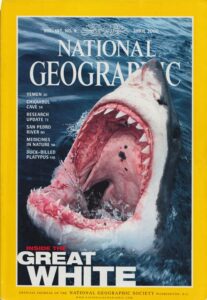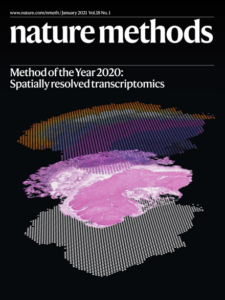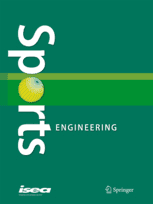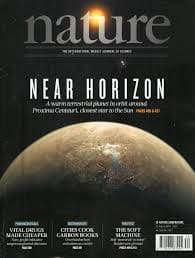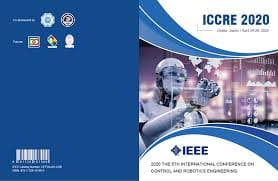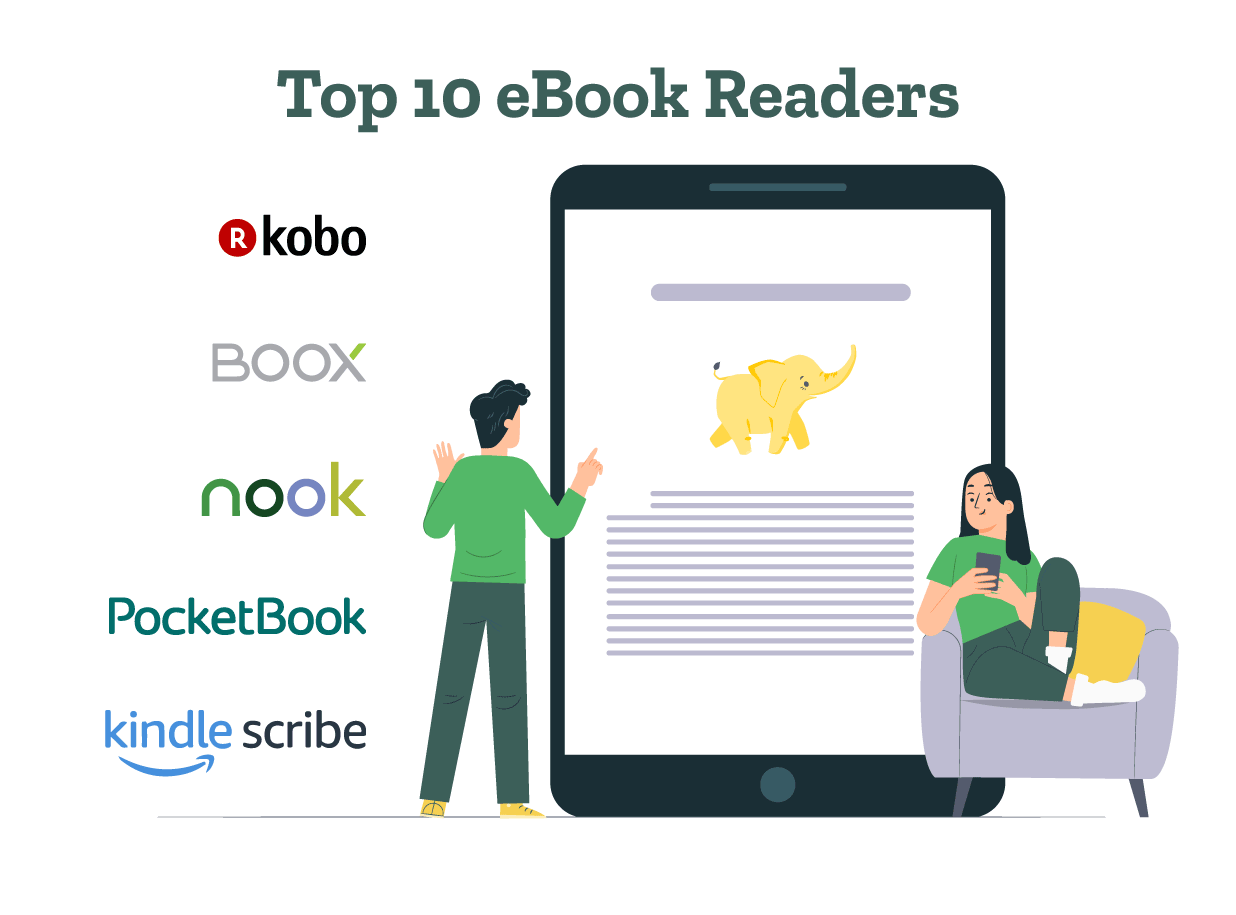Still have questions? Leave a comment

Checklist: Dissertation Proposal
Enter your email id to get the downloadable right in your inbox!
[contact-form-7 id="12425" title="Checklist: Dissertation Proposal"]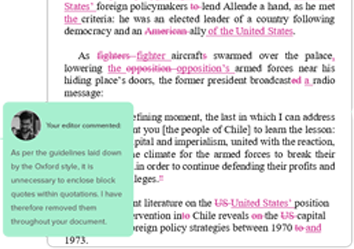
Examples: Edited Papers
Enter your email id to get the downloadable right in your inbox!
[contact-form-7 id="12426" title="Examples: Edited Papers"]Need
Editing and
Proofreading Services?

Types of Journals in Research and Their Features
 Jun 11, 2025
Jun 11, 2025 6
min read
6
min read
As a researcher or scholar in a particular field, it is often important to get a certain number of one’s papers published in research journals in order to fulfill the criteria to be granted a research degree or to receive a promotion in the teaching field.
However, with the vast number and types of journals out there, choosing the right ones can often be a confusing process. Allow us to break down the different types of journals and their characteristics to help you choose the best one for your work!
Get Professional Editing Services for Your Journal Articles Today! Learn More
Different types of journals
First off, we need to understand that there are three broad kinds of journals that exist today—scholarly journals, trade journals, and popular journals. Here’s how they differ from each other:
1. Scholarly journals
Aimed at researchers and scholars in a particular academic field, scholarly journals usually have a simple and clinical appearance, a strict screening process of the articles submitted, and use straightforward, unembellished language with jargon typically used in that particular field. The contributors are usually trained and qualified experts, and their articles are intended to update existing knowledge in their field. Scholarly journals have a strict editorial process to ensure high-quality standards and have an editorial board. The papers they publish are data-heavy, contain original research, and may contain charts, graphs, or diagrams. They provide an in-depth analysis of the topic and cite sources to back up the author’s conclusions. E.g., National Medical Journal of India, The American Historical Review.

2. Trade journals
Usually aimed at working professionals in a particular field, this type of journal is something of a midway point between academic and popular journals. With glossy pages, short-to-medium length articles, and ads specifically targeted at a particular professional group, this kind of journal has more to offer visually than an academic journal, but is not as widespread in its range of topics and appeal as a popular one. The contributors are industry experts who use technical, field-specific terms that the readers would be familiar with, and research sources may sometimes be cited. These journals often cover new industry trends and help working professionals stay up-to-date on the latest in their field. E.g., Automotive News, Advertising Age.
3. Popular journals
Think glossy covers, catchy cover art, and pages and pages of advertisements. These are the journals you might find in a dentist’s waiting room or in the airport newsrack. They are aimed at the general public and contain short articles that do not require specialized knowledge to understand. The language is simple and casual, and the articles are often accompanied by colorful photos featuring attractive models or new products. The contributors are usually journalists or writers who are on the journal’s payroll and may not necessarily have a specialized degree in the subject they’re writing about. E.g., Rolling Stone, Sports Illustrated.
Types of academic journals and their features
Now that we have covered the different types of journals out there, let us examine the different types of academic journals and their features. It is also important to note that most research journals are peer-reviewed to increase the credibility of their articles. Within the research sphere, journals can be classified according to two parameters—the type of payment involved and the research type.
Based on payment type
1. Some journals are open-access, which means that they can be perused by anybody on the internet, with or without a subscription, free of cost. E.g., Cureus Journal of Business and Economics.
2. Some are hybrid, which means that while select articles are available to the public for free, readers will have to take out a subscription if they want full access to the journal’s content. E.g., Current Psychology.
3. Some are paywalled, meaning readers have to get a subscription if they want to access the articles in that journal. E.g., Nature Methods.
4. Finally, we have transformative journals, which are currently hybrid but are actively transitioning to open access. E.g,. Sports Engineering.
Based on the research type
1. Original research
As the name suggests, they mainly publish original research on specific disciplines and act as an authority on the latest information and advancements in those specific fields. They may also publish other types of articles as case studies or for comparative research purposes. Their articles are always subject to a rigorous screening process and are peer-reviewed. E.g. Nature.
2. Review articles
These journals publish a summarized, peer-reviewed version of the latest research in a particular field. This makes them easily comprehensible and accessible to new researchers and is widely followed in the research community. E.g., Nature Reviews Chemistry.
3. Case studies
These journals publish case study reports that will be of help to professionals in the relevant field. They are especially popular in the medical field, where specialists follow them to keep abreast of case studies in their field. E.g,. BMJ Case Reports.
4. Conference proceedings
These journals publish papers presented at various conferences. They also publish posters and abstracts of various conferences for students and researchers to keep track of. E.g., IEEE Conference Proceedings.
5. Speciality disciplines
These journals specialise in publishing research papers pertaining to a particular field or discipline to share the latest findings and research with scholars and researchers. E.g., Nature Chemical Biology.
6. Interdisciplinary/multidisciplinary
These journals are a collaborative attempt to answer important questions across disciplines and provide up-to-date knowledge to researchers across fields. E.g., Scientific Reports.
Journals to stay away from
Finally, there is a type of journal known as a predatory journal, which does not follow the code of conduct for online journals and focuses more on making money than making any significant contribution to the field of research. Here’s how to identify them:
- They lack peer review and quality checks, often leading to them publishing plagiarized content.
- They promise extremely short publication timelines, which should not be possible if the submitted articles are subjected to a proper screening and editorial process.
- They do not have a functional editorial board.
- They issue fake International Standard Serial Numbers (ISSNs).
- Their journal metrics and indexing claims are false.
It is important to perform a background check of the journals you are submitting your articles to in order to ensure your work is published by credible journals and not predatory ones whose primary focus is making money.
Check out PaperTrue’s expert journal article editing services to enhance your writing today! With our expert editors, detailed instructional blogs, and AI-powered services, we can help you craft and hone your articles to increase their chances of acceptance by reputed journals!
Here are some more resources that may help you:


